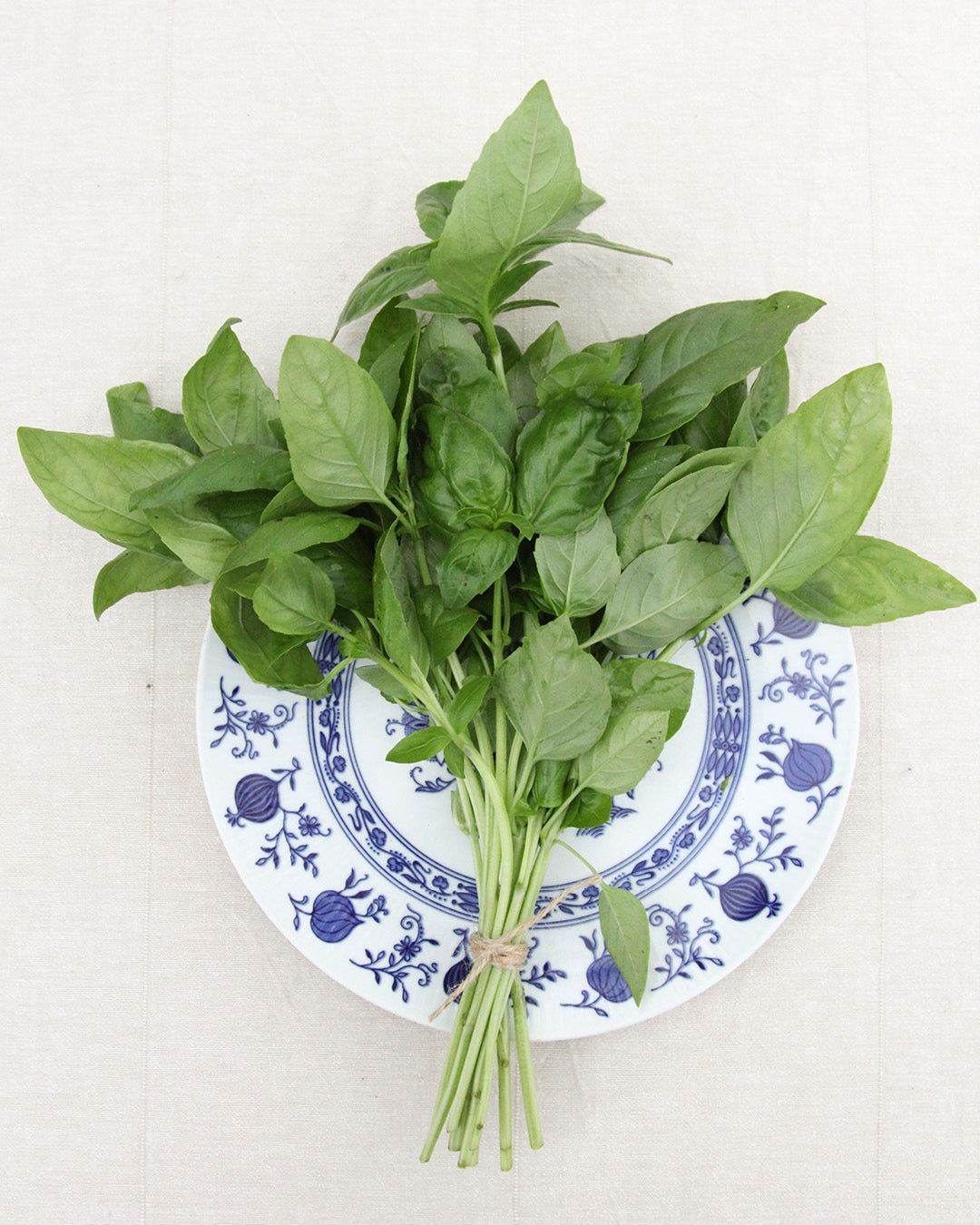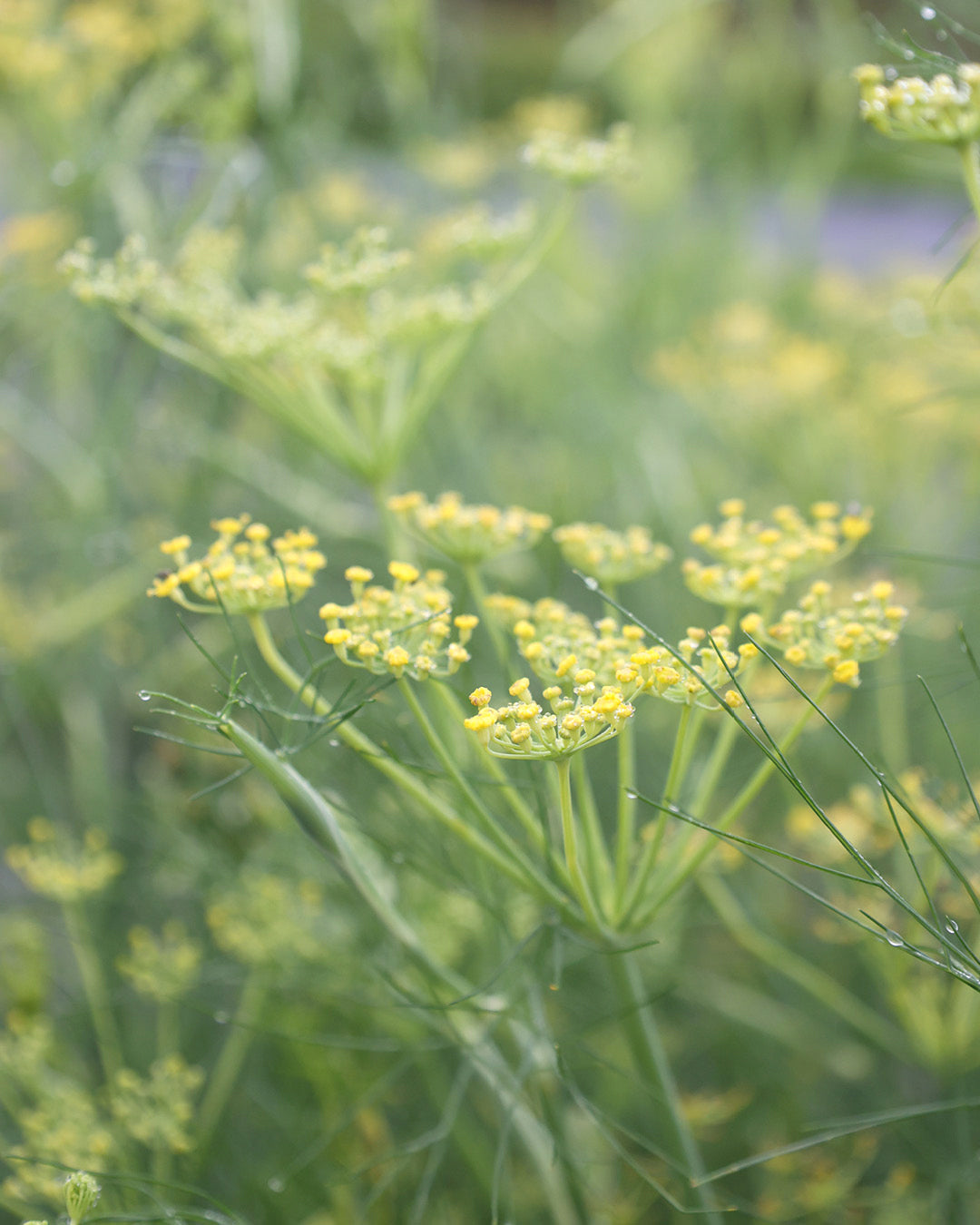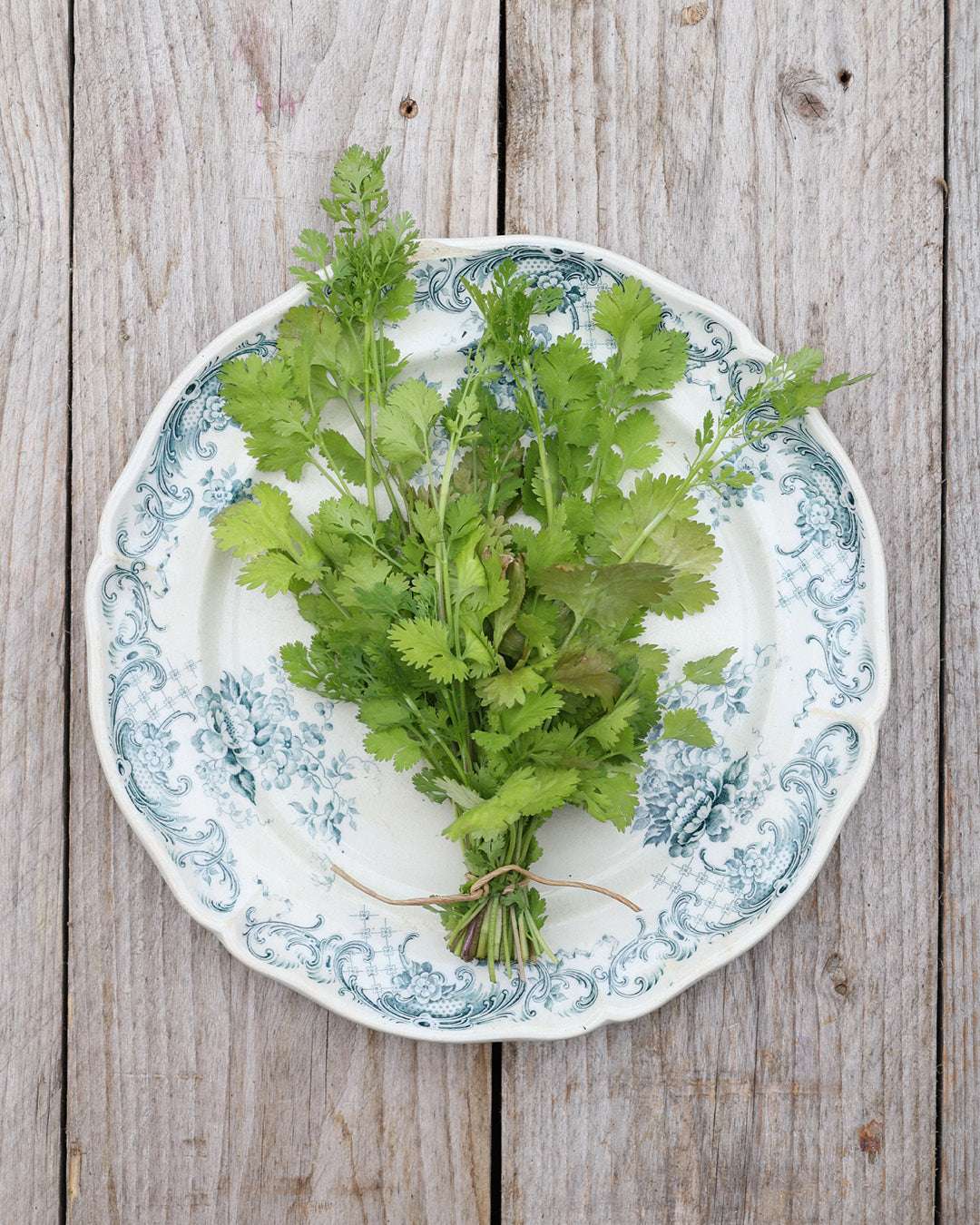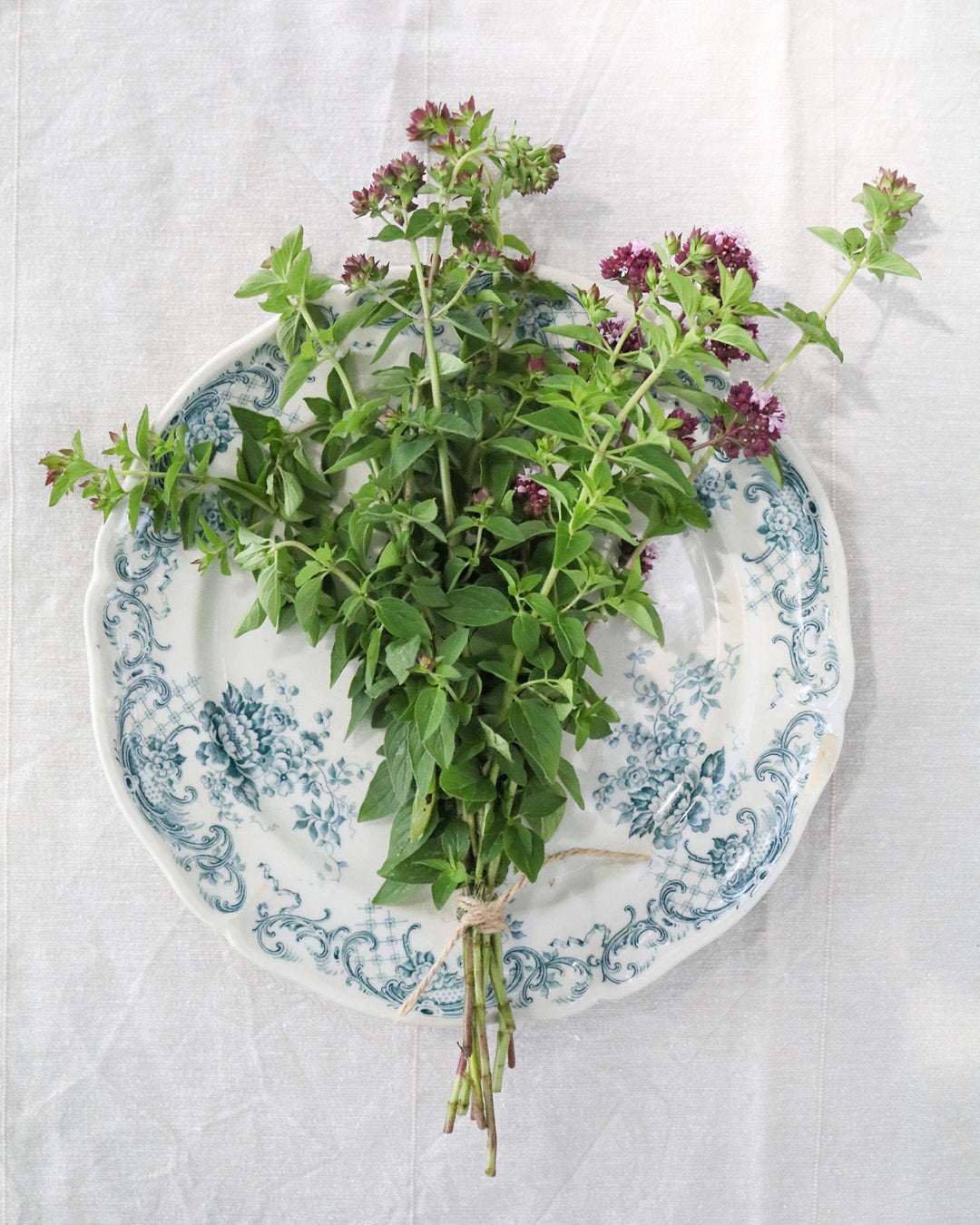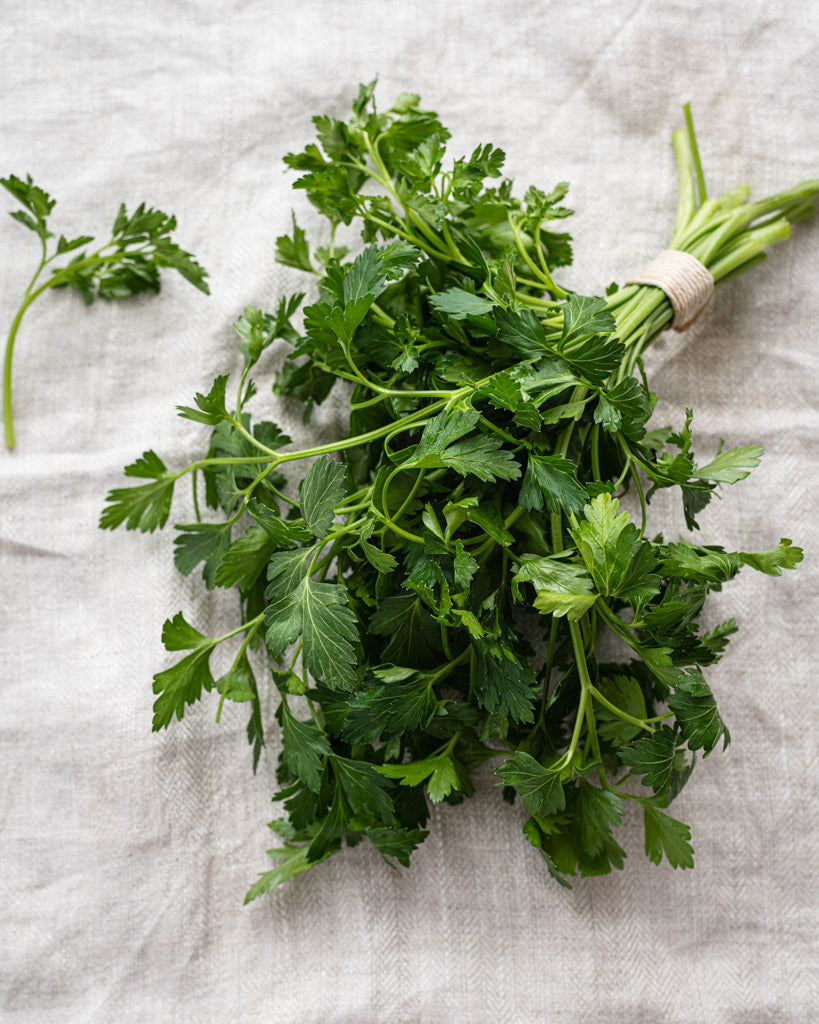Gardening tips for the vegetable garden in August
August is a month full of life in the vegetable garden: harvest time, tending, and new sowings are all on the agenda. While many crops are now ripe, you can also start thinking about the next season. To help you maximize your garden's potential, here are the most important gardening tips for this late summer month.
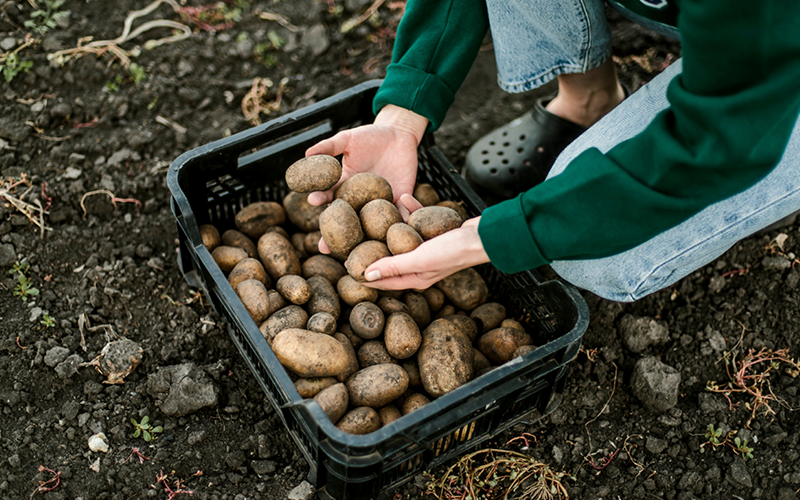
Harvest time: Now it's getting delicious
Harvesting eggplants
When the eggplant's skin is shiny and feels slightly greasy, it's time to harvest. The flesh should be whitish and the seeds a pale green. It's best to use them fresh or store them in a cool, airy place to ensure they last longer.
Collect onions and garlic
When the leaves are dry and shriveled, it's time to harvest the onions and garlic. After digging them up, let them dry in a shady, airy place. When properly dried, they'll keep for many months.
Harvesting and storing potatoes
Early and mid-season potato varieties can be harvested in August. Once the foliage has died back, you can carefully remove the tubers from the soil with a digging fork. It's important to let them dry in the shade for a few hours before storing them. Store only healthy, undamaged tubers – ideally in a cool, dark, and dry place.
Check apples for ripeness
Early apple varieties such as 'Delbarestivale' or 'James Grieve' are often ready for harvest as early as mid-August. Ripe apples are easy to peel from the tree and reveal brown cores when cut open. Remove damaged or diseased fruit regularly. Gentle summer pruning can help the remaining fruit ripen better.
Ripening melons
Cantaloupes and watermelons reach their ripeness in August. With cantaloupes, an intense aroma and cracked fruit indicate ripeness. With watermelons, a dull sound when tapped indicates they're ready to harvest. Don't leave the fruit on the vine too long to maintain optimal flavor and texture.

New sowings in August
Sow chervil
Chervil can be sown directly into the garden bed until the end of August. The tender leaves are perfect for soups, dips, and salads – and grow quickly even in cooler temperatures.
Propagate chives yourself
If your chives have already flowered, you can sow the fresh seeds directly again. This way, you'll soon have young, aromatic plants from your own harvest.
Green manure for the soil
Harvested beds should now be planted with green manure plants such as phacelia, yellow mustard, or lupin. These improve soil structure, protect against erosion, and enrich the soil with nutrients—ideal for preparing for fall.
Caring for herbs and perennials
Divide peppermint
If your peppermint has been in the same location for several years, you can divide and replant it now. This will ensure it stays vibrant and produces strong shoots next year. Make sure to use only healthy shoots – and change the location if possible to avoid soil fatigue.
Don't forget plant protection
Check tomatoes for brown rot
Humid weather promotes the dreaded brown rot. Check your tomatoes regularly for brown spots on leaves and fruit. Remove infected plant parts promptly and do not dispose of them in the compost. Good air circulation and rain protection will help keep the plants healthy.
Frequently asked questions (FAQ) about the vegetable garden in August
What else can I sow in August?
In addition to fast-growing herbs like chervil or arugula, green manures like phacelia or yellow mustard are also useful. They protect and improve the soil for the next season.
When are eggplants ready for harvest?
When the fruit is shiny, gives slightly, and the flesh is still tender, you're ready to harvest. If the seeds are already hard, the fruit is overripe.
Should you still fertilize in August?
For heavy feeders like tomatoes, cabbage, or celery, you can now add a final dose of compost. With herbs, less is more—too much fertilizer will negatively affect the flavor.
How do I recognize brown rot on tomatoes?
Typical signs include brown, rotten spots on the leaves and dark spots on the fruit. Immediate removal prevents the infestation from spreading to neighboring plants.

